Karen Ledford is a seasoned digital marketer with a passion for turning data into actionable insights. When she's not immersed in the world of content marketing, SEO or social media as IDC®'s marketing director, she's likely found tending her garden or spending quality time with her furry family. A self-proclaimed DIY enthusiast, she's always up for a new project.
Build Thriving ERGs: Avoid These Pitfalls for Company Success
Employee Resource Groups (ERGs) are fantastic initiatives for fostering diversity and inclusion in the workplace. In our last article, we explored data-driven benefits of successful ERGs. However, even the best intentions can face challenges. Here are some common pitfalls of ERGs to be aware of:
Lack of Support
Unengaged Leadership
Without genuine support from company leadership, ERGs can struggle to gain traction and achieve their goals. A 2021 report from Great Place To Work® found that a significant factor in ERG success is having leaders who actively champion diversity and inclusion initiatives. This includes providing resources, actively participating in ERG events, and demonstrating a commitment to Diversity and Inclusion through actions.
Limited Resources
ERGs need dedicated resources to thrive. This includes providing members with protected time to participate in activities, as well as allocating budget and technology to support their initiatives. Great Place To Work® also found that only 51% of ERGs report having a budget for their activities.
Internal Challenges
Misunderstanding the Purpose
ERGs are not meant to be social clubs. Their primary function is to foster inclusion, professional development, and advocacy for their members. One key benefit of participating is career advancement. In fact, 65% of employees participating in ERGs experience positive career impacts. While social interaction may be a byproduct of ERG activities, the core mission is to empower teams and contribute to their growth.
Unclear Goals
Without clearly defined goals and objectives, it's difficult to measure success and demonstrate impact. In "Diversity Wins: How Inclusion Matters," McKinsey & Company found that companies with clear diversity goals outperform their peers. This principle can be extended to ERGs, where clear goals help demonstrate their impact on overall diversity efforts. Setting measurable objectives, such as increasing mentorship in minority groups by 20% in 5 years, allows for tracking progress and demonstrating success.
Exclusivity
ERGs should be inclusive spaces, but if they cater solely to a specific identity group, it can alienate other employees and hinder the company's overall diversity goals. Deloitte found that companies with inclusive cultures are eight times more likely to achieve better business outcomes and six times more likely to be innovative and agile. When ERGs become exclusive, they create a segmented workplace environment that contradicts the very purpose of diversity initiatives.
Operational Issues
Ineffective Communication
Ensuring clear and consistent communication within the ERG and the broader organization is crucial. A 2021 report by Gallup offers relevant insights on ERGs and communication. The report found that employees who feel strongly connected to their teams are 21% more likely to report feeling engaged at work. Clear communication within ERGs fosters a sense of connection and strengthens team dynamics.
Leadership Burnout
Data specific to ERG leader burnout is scarce. However, Lean In highlights the challenges faced by women leaders, including burnout and lack of support. We can assume similar challenges for ERG leaders, many of whom are women or belong to underrepresented groups Providing leadership development and support programs can help mitigate burnout and ensure ERG sustainability.
Lack of Safe Space
Similar to burnout, data on a lack of safe space within ERGs is limited. However, Accenture emphasizes the importance of psychological safety in the workplace. They found that psychologically safe workplaces experience 50% higher productivity and 76% more engagement. ERGs can function as safe spaces for employees, but a culture of trust and open communication must exist within the organization.
Strategies for Overcoming Challenges
By acknowledging these common pitfalls and implementing the following strategies, companies can create a successful and sustainable ERG program.
- Executive Sponsorship: Assign a high-level executive as an ERG sponsor. This individual demonstrates leadership commitment and can advocate for ERGs at the highest levels of the organization.
- Resource Allocation: Employees need dedicated time to participate in ERG activities without sacrificing core job responsibilities. Companies can offer flexible work arrangements or dedicated ERG time to support this. In addition, allocate a budget for ERGs to cover expenses related to events, training programs, and technology. This demonstrates the company's commitment to ERG success.
- Clear Communication: Clearly communicate the purpose and goals of ERGs to all employees. This avoids misunderstandings and promotes participation from everyone.
- Establish Clear Goals and Metrics: Set measurable goals for ERGs to ensure they are aligned with the company's DEIA strategy. Track metrics such as participation rates, employee engagement surveys, and leadership development opportunities provided by ERGs. This ensures ERG initiatives are strategically relevant and receive necessary support.
- Invest in Leadership Development: Empower managers to champion D&I initiatives and actively support ERGs. Provide leadership training focused on fostering inclusive workplaces and understanding the unique value proposition of ERGs.
- Promote Open Communication: Maintain open communication channels between ERG leaders, HR, and senior management. This fosters collaboration and ensures ERG concerns are heard and addressed.
- Celebrate Successes: Recognize and celebrate the achievements of ERGs. This showcases the value they bring to the organization and motivates continued engagement from members.
- Foster Collaboration Between ERGs: Encourage collaboration between different ERGs within the organization. This allows ERGs to share resources, best practices, and perspectives. It can also lead to the development of joint initiatives that address broader diversity and inclusion challenges.
By effectively addressing these challenges and fostering a culture of empowerment, companies can unlock the full potential of ERGs. Thriving ERGs lead to a more engaged, innovative, and successful workforce, ultimately propelling the organization towards its strategic objectives.
Ready for More?
Master Resource Groups with CDP®
The Certified Diversity Professional (CDP)® program offers a specialized competency in Resource Groups & Diversity Councils. Learn how to optimize your ERGs and drive positive change. Advance your expertise with the CDP®!
Plus, Unlock Member-Only Resources
Individual and Group Memberships grant access to a Professional DEIA Resource Center and an ERG/BRG Community for collaboration. Become a member and empower your ERGs!
About Karen Ledford
Share This Article!
Disclaimer: Content on this blog is authored by multiple sources. While we do make every attempt to proofread and fact-check, unless authored our staff, the views expressed do not necessarily reflect those of the Institute for Diversity Certification (IDC), Inc.
More Insightful DEIA Blogs

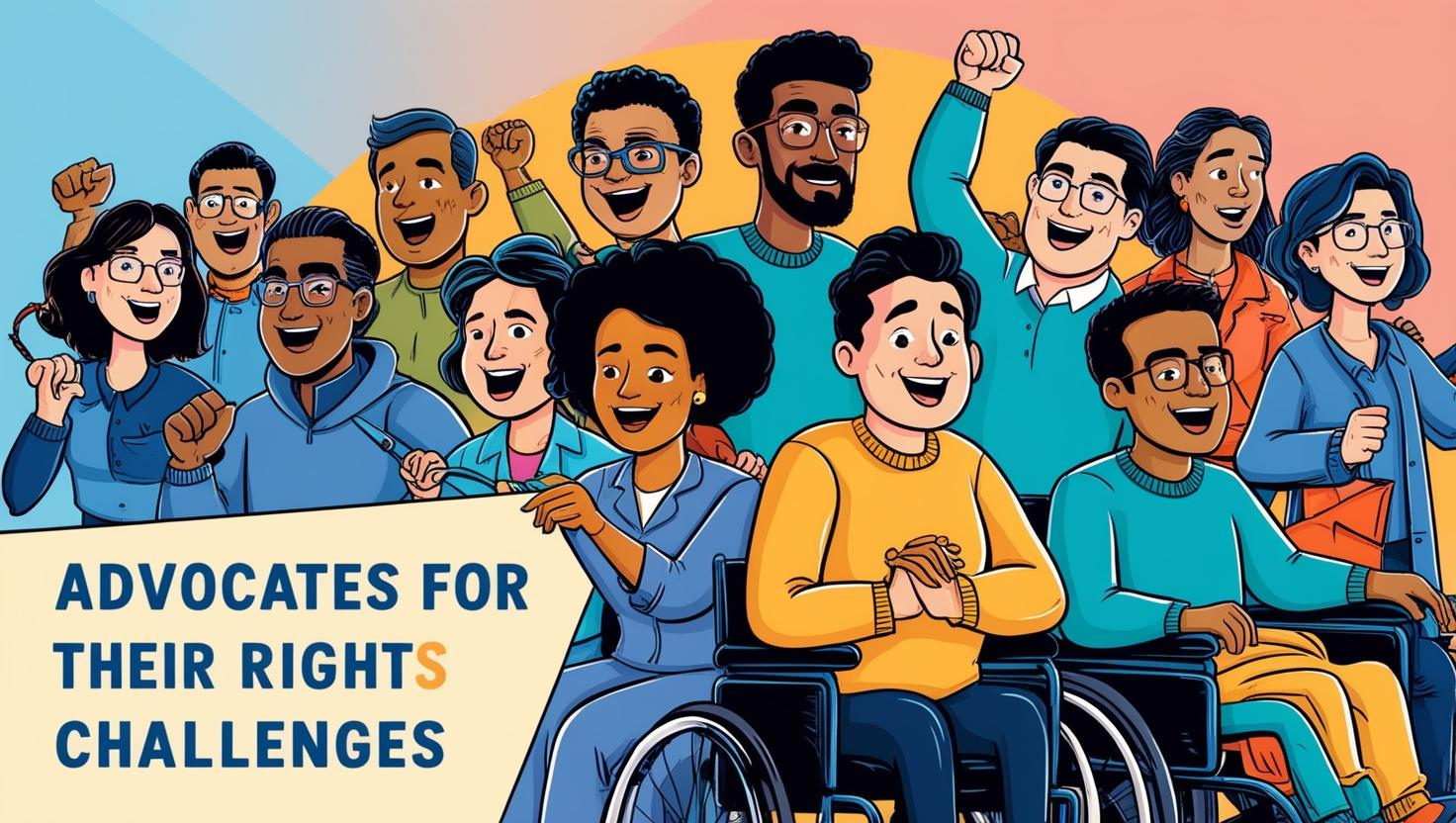

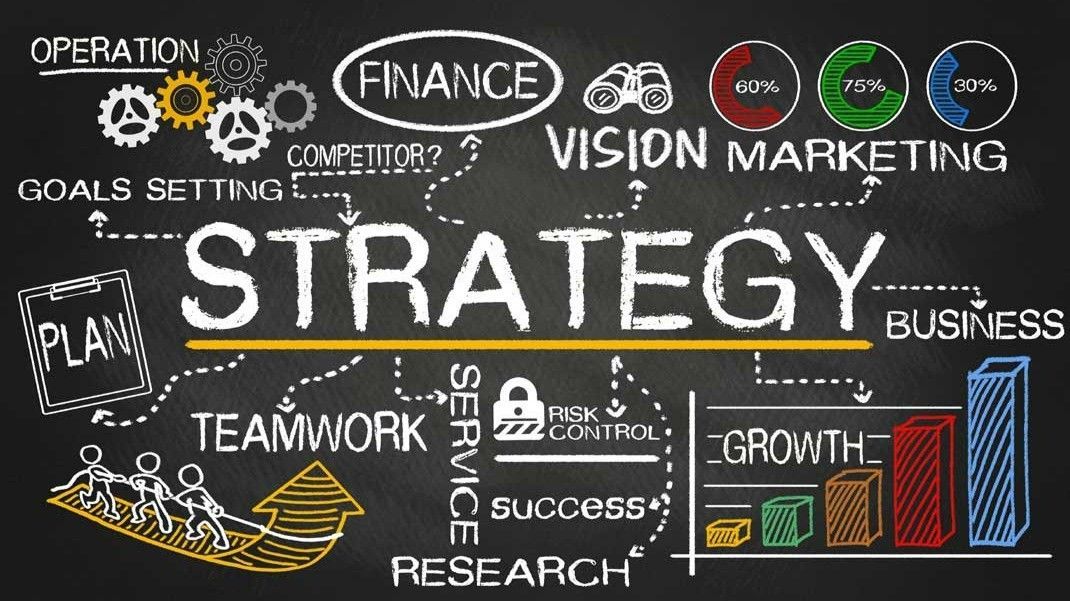
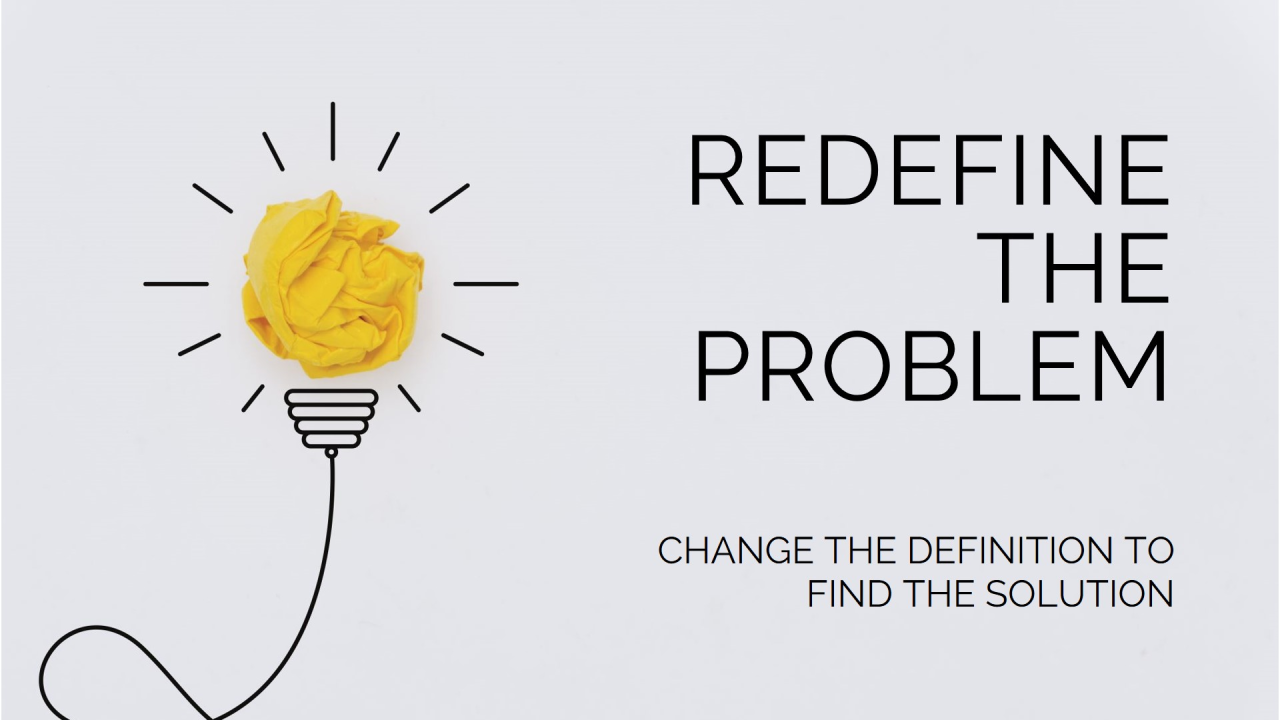




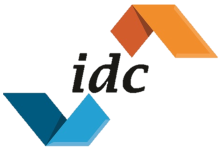

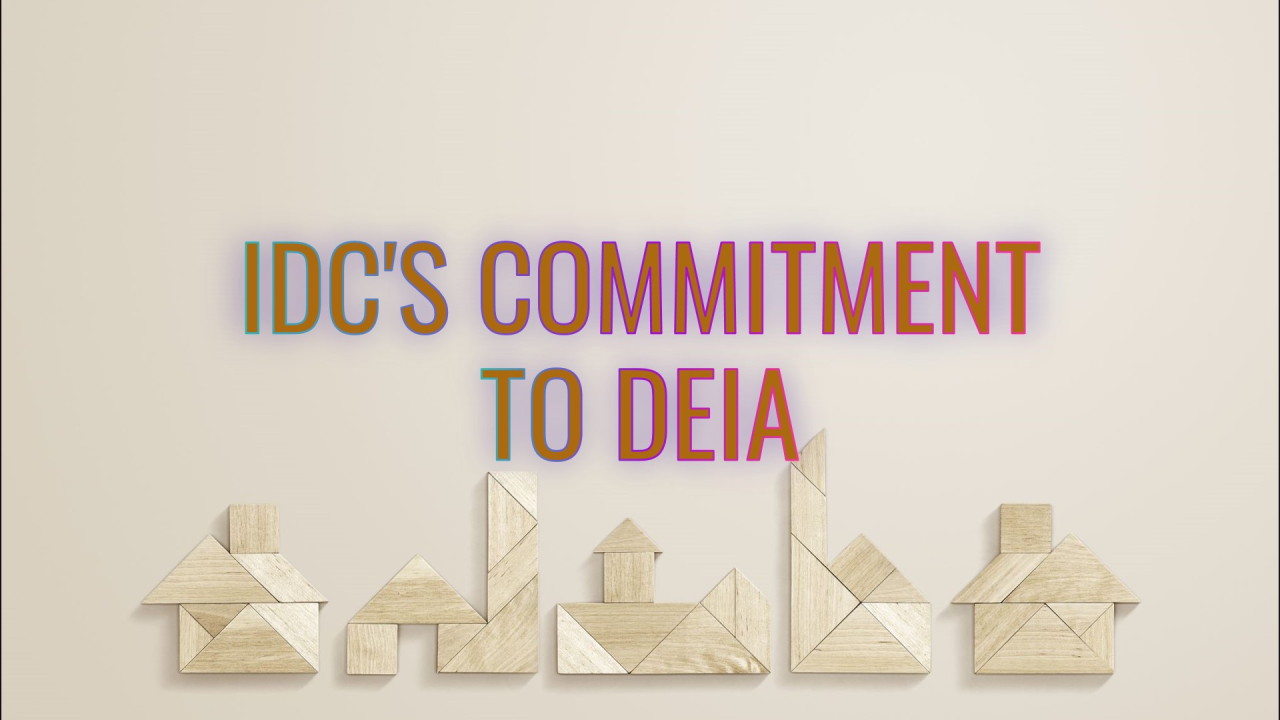
Share On: